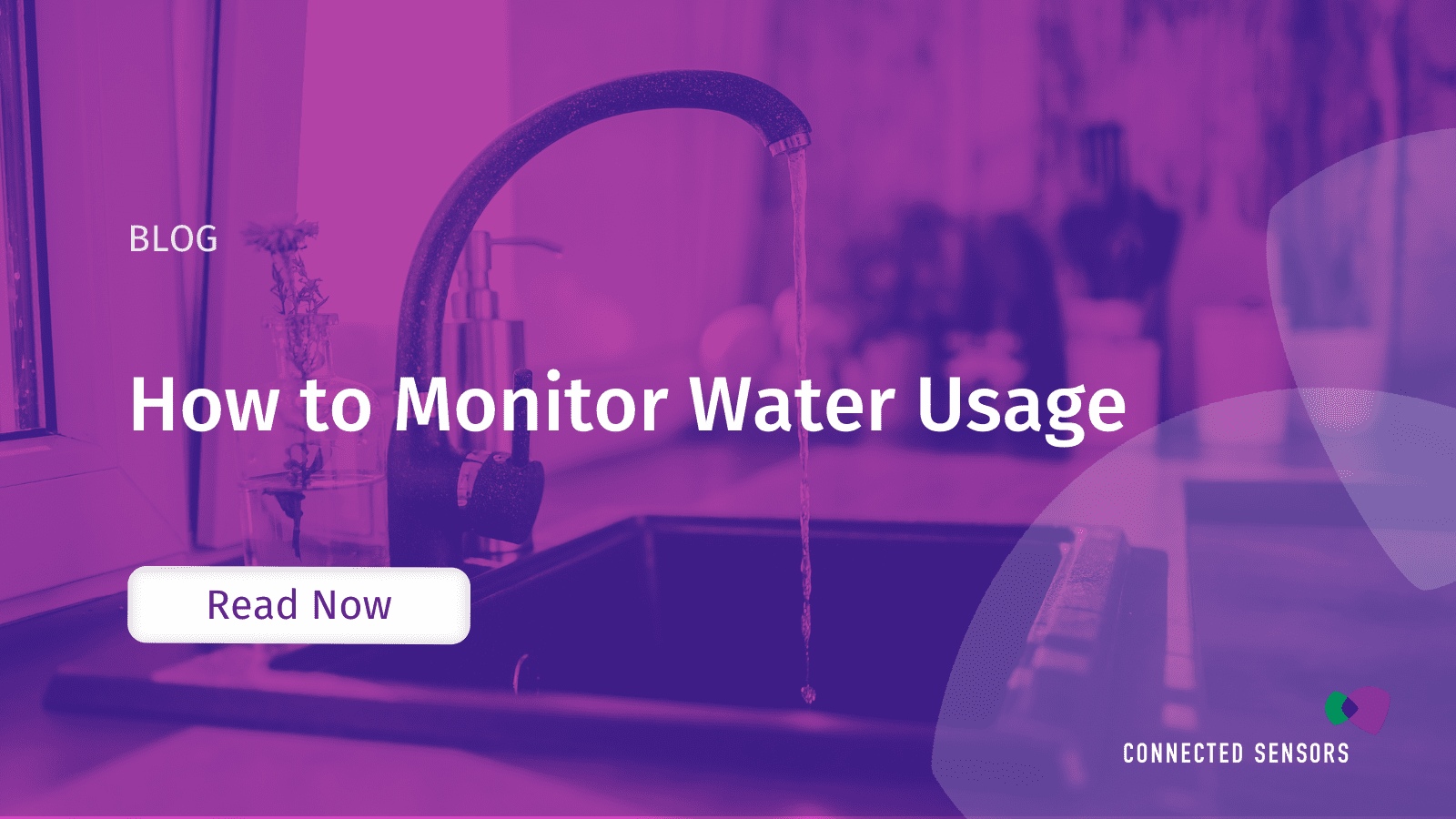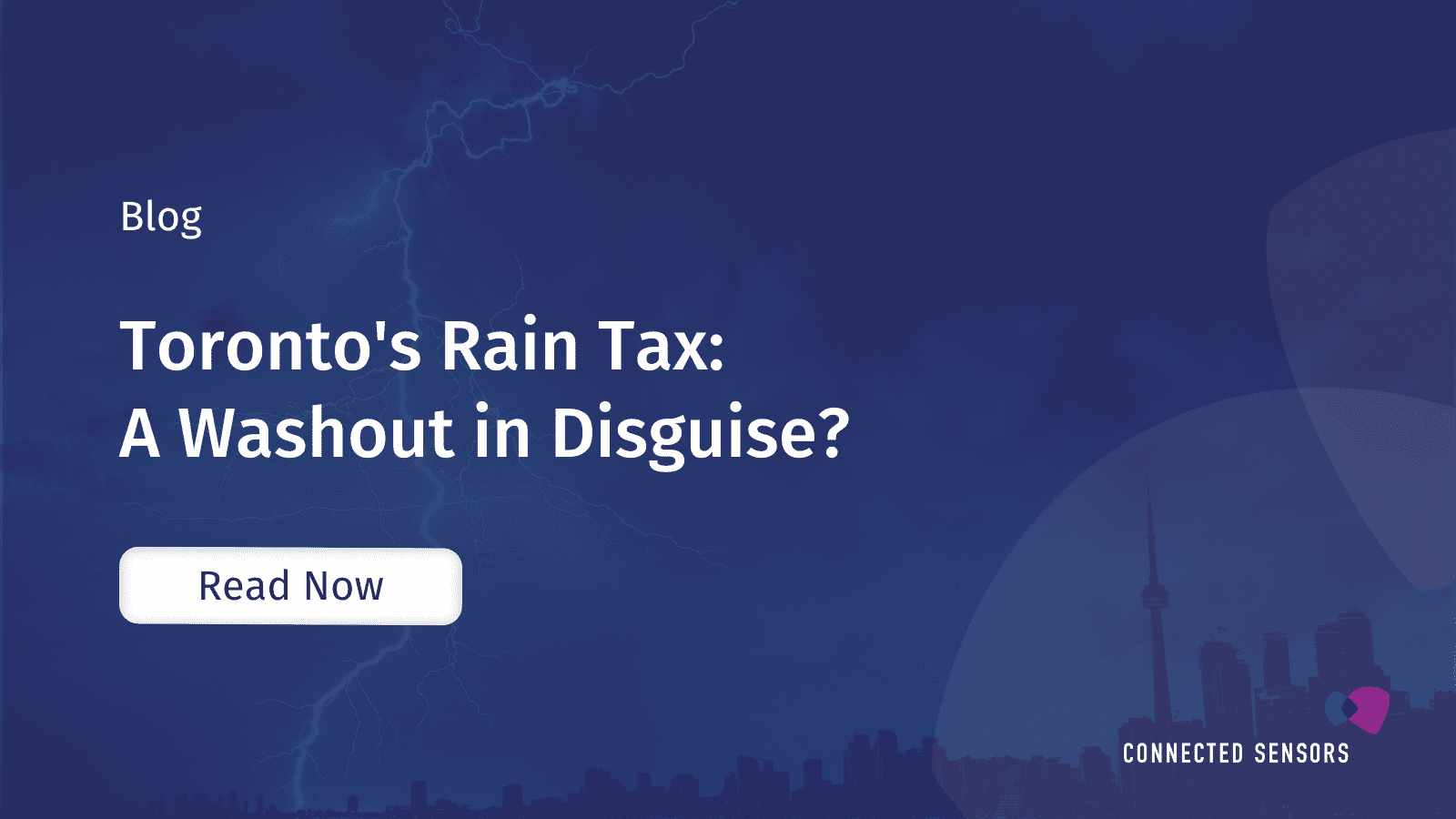





Here’s How Much Money You’re Wasting From Water Leaks
If you own or manage a high rise multi unit residential building, and you don’t have a water leak detection and flow meter monitoring system in place, it’s a good bet that you have water leaks.
Whether or not you know about it. But what might be even more surprising is just how much they cost you. According to data from the United States EPA, leaks account for an estimated 13% of water bills. And while those are American numbers, there’s no reason to believe that Canadian water usage would be any different. In total, minor leaks account for one trillion gallons of wasted water every year. That’s equal to the annual household water use for 11 million homes.
But just how many leaks are there in your building? How much are they actually costing you?
A commercial water conservation audit can reveal that more specifically, and a smart water flow meter and a smart pipe leak detector can pinpoint that information more specifically.
But before these solutions are deployed, let’s take a look at how much water they can save you. When you think of water leaks, what comes to mind? Maybe a leaky faucet or a flooding basement?
And yes, those are types of leaks.But many leaks can be silent and invisible, and even if they’re not, there’s no guarantee your tenants will bother to report them.
So just how much are these leaks costing you? Let’s take a look.
At any given moment, one in five toilets are leaking. And while sometimes they’re noticeable, the most common type of toilet leak is difficult to detect. This type of leak has to do with an ineffective flush valve. At the bottom of the tank on the back of most toilets, you’ll find the flapper. The flapper plugs the pipe in the bottom of the tank, and raises up when you push the toilet lever, allowing the tank’s water to flush into the bowl. After, it returns into place, forming a watertight seal so your toilet tank can fill up for next time.
Over time, the flapper wears out and water begins to leak into the bowl. This is not only the most common type of leaking toilet, but it’s also the most difficult to detect since the leak is silent.But just how much are such leaks costing you?
Let’s take a look at a sample multi residential building that has three hundred toilets in the building.If twenty percent of those are leaking, that’s sixty toilets leaking at any given moment.So what? How much could those leaks possibly be costing you? A lot, as it turns out.
The average toilet leak wastes six thousand gallons of water per month.At Toronto water prices of $.01315679 per gallon, that’s $79 per month per toilet. So if we consider our sample building, that’s $4740 a month, completely wasted. Literally flushed down the drain. This is an easy fix, but not if you don’t know it’s happening.
It’s estimated that a faucet leaking at a drip rate of one per second will waste 250 gallons of water per month. If we assume about ten percent of faucets have a leak, and our sample building has an average of three faucets per unit, that’s ninety faucets leaking.
That’s 22,500 gallons of water leaking per month.

A showerhead that has a leak of 10 drops per minute wastes over five hundred gallons of water per year, or forty one gallons per month. If we assume that ten percent of showerheads leak in our sample building, that’s 1230 gallons lost each month, equal to $16 per month. In addition to these common fixtures, there are also outdoor leaks that can occur in a multi unit residential building’s irrigation system.
This is especially true in Canada, when the irrigation systems have to cope with winter frost. Let’s look back on how much our sample building is spending on leaks each month.
That adds up to $5052 per month, or $60,624 per year, wasted just on water.
Not even invested – just sent down the drain.It benefits nobody – not you, not your tenants, and certainly not the environment.
What would you do with an extra sixty grand a year to invest into your building?
Could you invest in water conservation systems like low flow toilets, faucets, and showerheads to further reduce your water costs (by up to 40%)? Could you hire another maintenance person to further improve the energy efficiency of your building? There’s a lot you could do – but instead it’s just being wasted.
We can help.
Contact Connected Sensors today to find out how you can prevent water leaks in your building, save water, and reduce your carbon footprint all in one shot.Our water audit can identify just how much money you can save each month by conserving water.
© 2023 All rights reserved